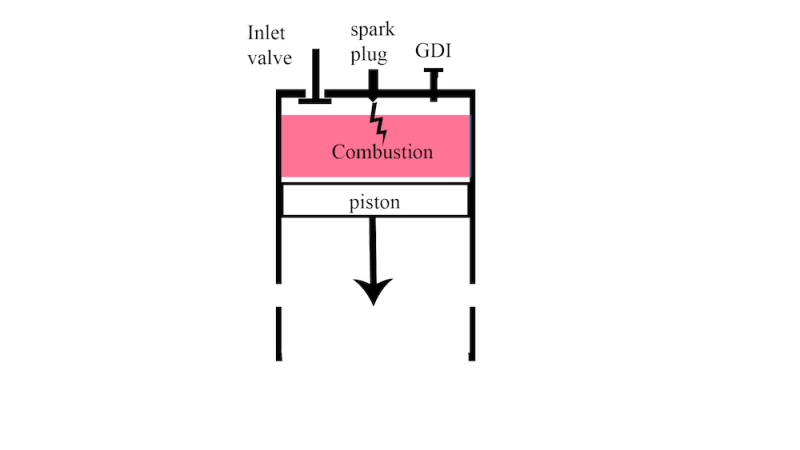Two-stroke engines have two important advantages over four-stroke engines: They are simpler and lighter, and they produce about twice as much power. So why do cars and trucks use four-stroke engines? There are four main reasons:
• Two-stroke engines don't last nearly as long as four-stroke engines. The lack of a dedicated lubrication system means that the parts of a two-stroke engine wear a lot faster.
• Two-stroke oil is expensive, and you need about 4 ounces of it per gallon of gas. You would burn about a gallon of oil every 1,000 miles if you used a two-stroke engine in a car.
• Two-stroke engines do not use fuel efficiently, so you would get fewer miles per gallon.
• Two-stroke engines produce a lot of pollution -- so much, in fact, that it is likely that you won't see them around too much longer. The pollution comes from two sources. The first is the combustion of the oil. The oil makes all two-stroke engines smoky to some extent, and a badly worn two-stroke engine can emit huge clouds of oily smoke. The second reason is less obvious but can be seen in the following figure:
Each time a new charge of air/fuel is loaded into the combustion chamber, part of it leaks out through the exhaust port. That's why you see a sheen of oil around any two-stroke boat motor. The leaking hydrocarbons from the fresh fuel combined with the leaking oil is a real mess for the environment.
The major advantages of a GDI engine are increased fuel efficiency and high power output. Emissions levels can also be more accurately controlled with the GDI system. The cited gains are achieved by the precise control over the amount of fuel and injection timings thart are varied according to engine load. In addition some engines operate on full air intake. This means there is no air throttle plate, which greatly improves efficiency, and reduces piston 'pumping losses'. It also eliminates air throttling losses in some GDI engines, when compared with conventional fuel-injected or carbureted engines. Engine speed is controlled by the engine control unit/engine management system (EMS), which regulates fuel injection function and ignition timing, instead of having a throttle plate that restricts the incoming air supply. Adding this function to the EMS requires considerable enhancement of its processing and memory, as direct injection plus the engine speed management must have very precise algorithms for good performance and drivability.
So in this two stroke GDI engine, we can overcome all these difficulties by introducing this new design. And advantages are:
• Twice the power of 4-stroke engine
• Less pollution
• More mileage
• Robust size
• Fuel efficiency
• Electronic injection
Like this entry?
-
About the Entrant
- Name:Nixon Johny
- Type of entry:individual
- Patent status:none








